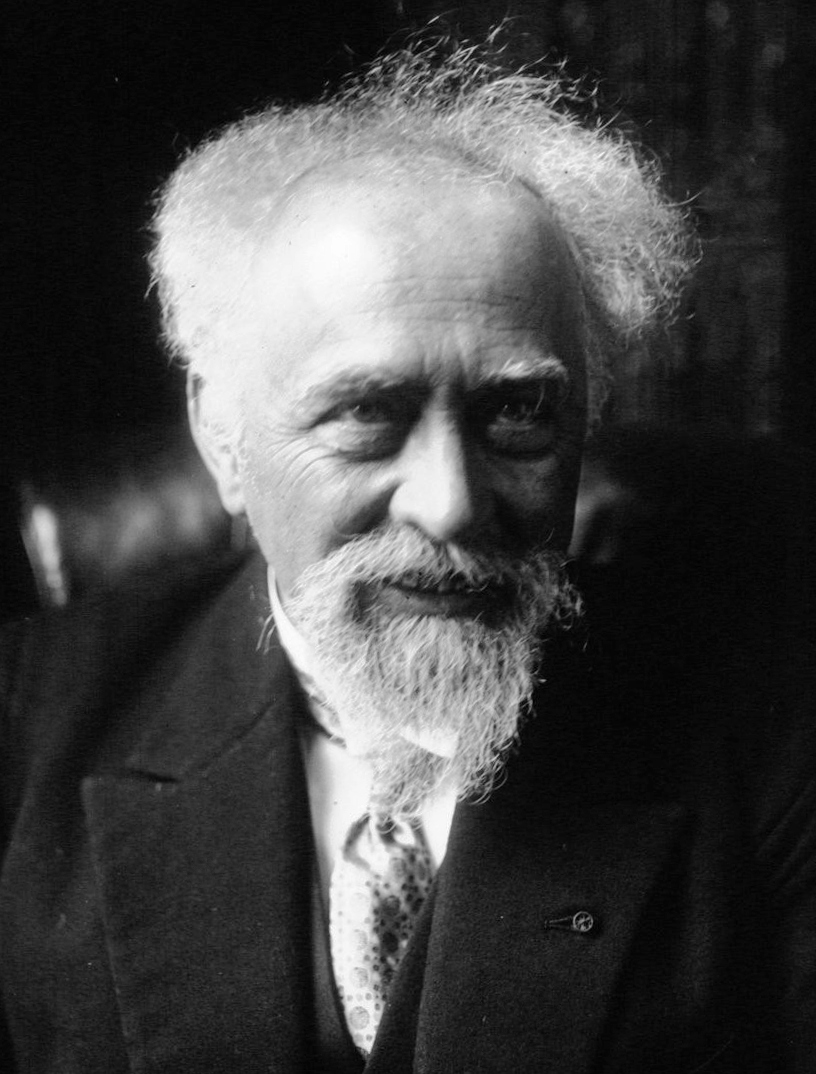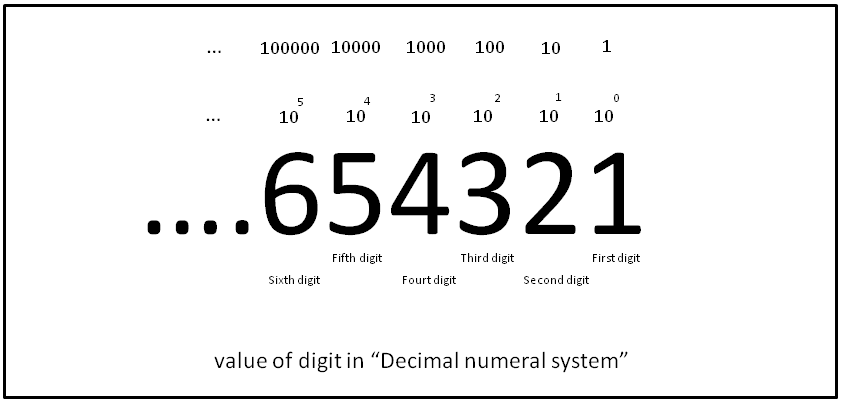|
Kilo-
Kilo is a decimal prefix, decimal metric prefix, unit prefix in the metric system denoting multiplication by one thousand (103). It is used in the International System of Units, where it has the symbol k, in Letter case, lowercase. The prefix ''kilo'' is derived from the Greek language, Greek word (), meaning "thousand". In 19th century English it was sometimes spelled chilio, in line with a Linguistic purism, puristic opinion by Thomas Young (scientist), Thomas Young. As an opponent of suggestions to introduce the metric system in Britain, he qualified the nomenclature adopted in France as barbarous. Examples * one kilogram (kg) is 1000 grams * one kilometre (km) is 1000 metres * one kilojoule (kJ) is 1000 joules * one kilolitre (kL) is 1000 litres * one kilobaud (kBd) is 1000 bauds * one kilohertz (kHz) is 1000 hertz * one kilodalton (kDa) is 1000 Dalton (unit), daltons * one kilobit (kb) is 1000 bits * one kilobyte (kB) is 1000 bytes * one kiloohm is (kΩ) is 1000 ohms * ... [...More Info...] [...Related Items...] OR: [Wikipedia] [Google] [Baidu] |
Dalton (unit)
The dalton or unified atomic mass unit (symbols: Da or u, respectively) is a unit of mass defined as of the mass of an Bound state, unbound neutral atom of carbon-12 in its nuclear and electronic ground state and invariant mass, at rest. It is a Non-SI units mentioned in the SI, non-SI unit accepted for use with SI. The word "unified" emphasizes that the definition was accepted by both IUPAP and IUPAC. The atomic mass constant, denoted , is defined identically. Expressed in terms of , the atomic mass of carbon-12: . Its value in International System of Units, SI units is an experimentally determined quantity. The 2022 CODATA recommended value of the atomic mass constant expressed in the SI base unit kilogram is:This value serves as a Conversion of units, conversion factor of mass from daltons to kilograms, which can easily be converted to Gram, grams and other metric units of mass. The 2019 revision of the SI redefined the kilogram by fixing the value of the Planck constant (), i ... [...More Info...] [...Related Items...] OR: [Wikipedia] [Google] [Baidu] |
Byte
The byte is a unit of digital information that most commonly consists of eight bits. Historically, the byte was the number of bits used to encode a single character of text in a computer and for this reason it is the smallest addressable unit of memory in many computer architectures. To disambiguate arbitrarily sized bytes from the common 8-bit definition, network protocol documents such as the Internet Protocol () refer to an 8-bit byte as an octet. Those bits in an octet are usually counted with numbering from 0 to 7 or 7 to 0 depending on the bit endianness. The size of the byte has historically been hardware-dependent and no definitive standards existed that mandated the size. Sizes from 1 to 48 bits have been used. The six-bit character code was an often-used implementation in early encoding systems, and computers using six-bit and nine-bit bytes were common in the 1960s. These systems often had memory words of 12, 18, 24, 30, 36, 48, or 60 bits, corresponding t ... [...More Info...] [...Related Items...] OR: [Wikipedia] [Google] [Baidu] |
Decimal Prefix
The decimal numeral system (also called the base-ten positional numeral system and denary or decanary) is the standard system for denoting integer and non-integer numbers. It is the extension to non-integer numbers (''decimal fractions'') of the Hindu–Arabic numeral system. The way of denoting numbers in the decimal system is often referred to as ''decimal notation''. A decimal numeral (also often just ''decimal'' or, less correctly, ''decimal number''), refers generally to the notation of a number in the decimal numeral system. Decimals may sometimes be identified by a decimal separator (usually "." or "," as in or ). ''Decimal'' may also refer specifically to the digits after the decimal separator, such as in " is the approximation of to ''two decimals''". Zero-digits after a decimal separator serve the purpose of signifying the precision of a value. The numbers that may be represented in the decimal system are the decimal fractions. That is, fractions of the form , where ... [...More Info...] [...Related Items...] OR: [Wikipedia] [Google] [Baidu] |
Hertz
The hertz (symbol: Hz) is the unit of frequency in the International System of Units (SI), often described as being equivalent to one event (or Cycle per second, cycle) per second. The hertz is an SI derived unit whose formal expression in terms of SI base units is 1/s or s−1, meaning that one hertz is one per second or the Inverse second, reciprocal of one second. It is used only in the case of periodic events. It is named after Heinrich Hertz, Heinrich Rudolf Hertz (1857–1894), the first person to provide conclusive proof of the existence of electromagnetic waves. For high frequencies, the unit is commonly expressed in metric prefix, multiples: kilohertz (kHz), megahertz (MHz), gigahertz (GHz), terahertz (THz). Some of the unit's most common uses are in the description of periodic waveforms and musical tones, particularly those used in radio- and audio-related applications. It is also used to describe the clock speeds at which computers and other electronics are driven. T ... [...More Info...] [...Related Items...] OR: [Wikipedia] [Google] [Baidu] |
Mathematical Coincidence
A mathematical coincidence is said to occur when two expressions with no direct relationship show a near-equality which has no apparent theoretical explanation. For example, there is a near-equality close to the round number 1000 between powers of 2 and powers of 10: : 2^ = 1024 \approx 1000 = 10^3. Some mathematical coincidences are used in engineering when one expression is taken as an approximation of another. Introduction A mathematical coincidence often involves an integer, and the surprising feature is the fact that a real number arising in some context is considered by some standard as a "close" approximation to a small integer or to a multiple or power of ten, or more generally, to a rational number with a small denominator. Other kinds of mathematical coincidences, such as integers simultaneously satisfying multiple seemingly unrelated criteria or coincidences regarding units of measurement, may also be considered. In the class of those coincidences that are of a p ... [...More Info...] [...Related Items...] OR: [Wikipedia] [Google] [Baidu] |
Computer Science
Computer science is the study of computation, information, and automation. Computer science spans Theoretical computer science, theoretical disciplines (such as algorithms, theory of computation, and information theory) to Applied science, applied disciplines (including the design and implementation of Computer architecture, hardware and Software engineering, software). Algorithms and data structures are central to computer science. The theory of computation concerns abstract models of computation and general classes of computational problem, problems that can be solved using them. The fields of cryptography and computer security involve studying the means for secure communication and preventing security vulnerabilities. Computer graphics (computer science), Computer graphics and computational geometry address the generation of images. Programming language theory considers different ways to describe computational processes, and database theory concerns the management of re ... [...More Info...] [...Related Items...] OR: [Wikipedia] [Google] [Baidu] |
Dollar
Dollar is the name of more than 25 currencies. The United States dollar, named after the international currency known as the Spanish dollar, was established in 1792 and is the first so named that still survives. Others include the Australian dollar, Brunei dollar, Canadian dollar, Eastern Caribbean dollar, Hong Kong dollar, Jamaican dollar, Liberian dollar, Namibian dollar, New Taiwan dollar, New Zealand dollar, Singapore dollar, Trinidad and Tobago Dollar, and several others. The symbol for most of those currencies is the dollar sign $; the same symbol is used by many countries using peso currencies. The name "dollar" originates from the "thaler" which was the name of a 29 g silver coin called the Joachimsthaler minted in Lands of the Bohemian Crown, Bohemia, the western part of Czech Kingdom (now the Czech Republic). The word itself comes from the word ''thal'', German for valley. Economies that use a "dollar" Other countries that use the "United States dollar" Other t ... [...More Info...] [...Related Items...] OR: [Wikipedia] [Google] [Baidu] |
Euro
The euro (currency symbol, symbol: euro sign, €; ISO 4217, currency code: EUR) is the official currency of 20 of the Member state of the European Union, member states of the European Union. This group of states is officially known as the euro area or, more commonly, the eurozone. The euro is divided into 100 1 euro cent coin, euro cents. The currency is also used officially by the institutions of the European Union, by International status and usage of the euro, four European microstates that are not EU members, the British Overseas Territory of Akrotiri and Dhekelia, as well as unilaterally by Montenegro and Kosovo. Outside Europe, a number of special territories of EU members also use the euro as their currency. The euro is used by 350 million people in Europe and additionally, over 200 million people worldwide use currencies pegged to the euro. It is the second-largest reserve currency as well as the second-most traded currency in the world after the United Sta ... [...More Info...] [...Related Items...] OR: [Wikipedia] [Google] [Baidu] |
Tonne
The tonne ( or ; symbol: t) is a unit of mass equal to 1,000 kilograms. It is a non-SI unit accepted for use with SI. It is also referred to as a metric ton in the United States to distinguish it from the non-metric units of the short ton ( United States customary units) and the long ton ( British imperial units). It is equivalent to approximately 2,204.6 pounds, 1.102 short tons, and 0.984 long tons. The official SI unit is the megagram (Mg), a less common way to express the same amount. Symbol and abbreviations The BIPM symbol for the tonne is t, adopted at the same time as the unit in 1879.Table 6 . BIPM. Retrieved on 2011-07-10. Its use is also official for the metric ton in the United States, having been adopted by the United States |
Kilotonne
TNT equivalent is a convention for expressing energy, typically used to describe the energy released in an explosion. A ton of TNT equivalent is a unit of energy defined by convention to be (). It is the approximate energy released in the detonation of a metric ton (1,000 kilograms) of trinitrotoluene (TNT). In other words, for each gram of TNT exploded, (or 4184 joules) of energy are released. This convention intends to compare the destructiveness of an event with that of conventional explosive materials, of which TNT is a typical example, although other conventional explosives such as dynamite contain more energy. A related concept is the physical quantity TNT-equivalent mass (or mass of TNT equivalent), expressed in the ordinary units of mass and its multiples: kilogram (kg), megagram (Mg) or tonne (t), etc. Kiloton and megaton The "kiloton (of TNT equivalent)" is a unit of energy equal to 4.184 terajoules (). A kiloton of TNT can be visualized as a cube of TNT on a sid ... [...More Info...] [...Related Items...] OR: [Wikipedia] [Google] [Baidu] |
Second
The second (symbol: s) is a unit of time derived from the division of the day first into 24 hours, then to 60 minutes, and finally to 60 seconds each (24 × 60 × 60 = 86400). The current and formal definition in the International System of Units (SI) is more precise: The second ..is defined by taking the fixed numerical value of the caesium frequency, Δ''ν''Cs, the unperturbed ground-state hyperfine transition frequency of the caesium 133 atom, to be when expressed in the unit Hz, which is equal to s−1. This current definition was adopted in 1967 when it became feasible to define the second based on fundamental properties of nature with caesium clocks. As the speed of Earth's rotation varies and is slowing ever so slightly, a leap second is added at irregular intervals to civil time to keep clocks in sync with Earth's rotation. The definition that is based on of a rotation of the earth is still used by the Universal Time 1 (UT1) system. Etymology "Minute" ... [...More Info...] [...Related Items...] OR: [Wikipedia] [Google] [Baidu] |




